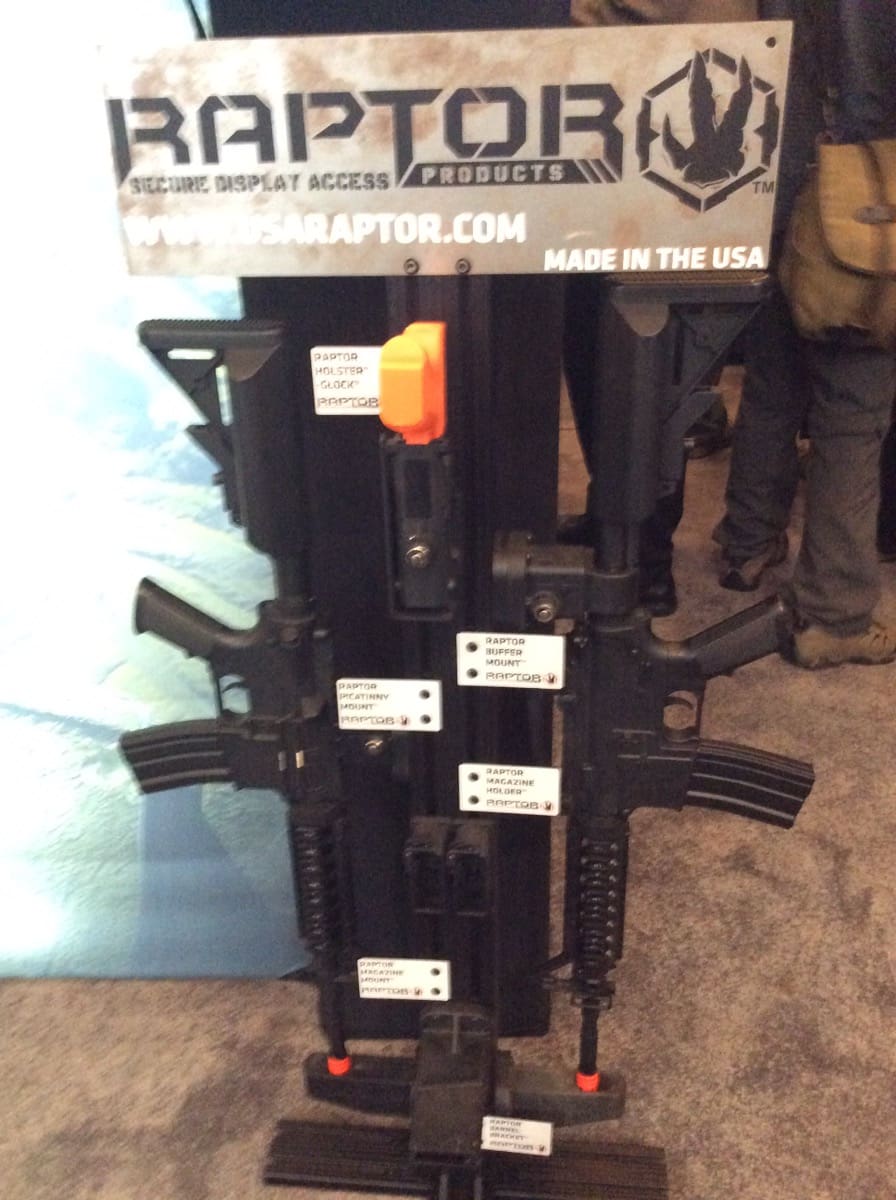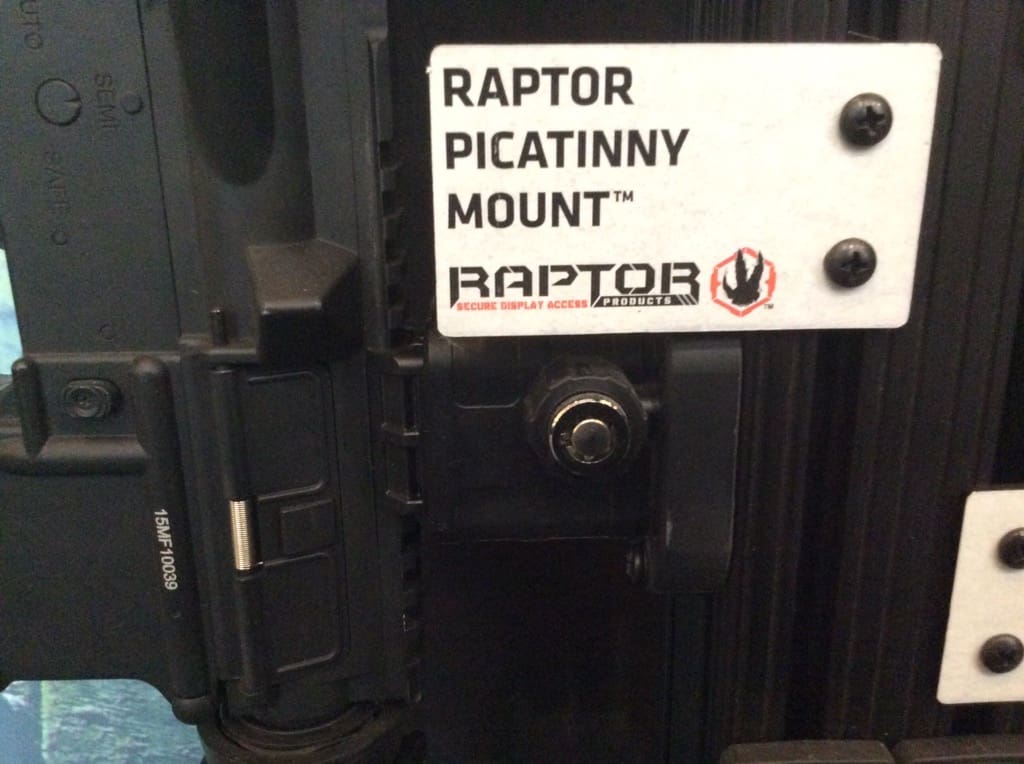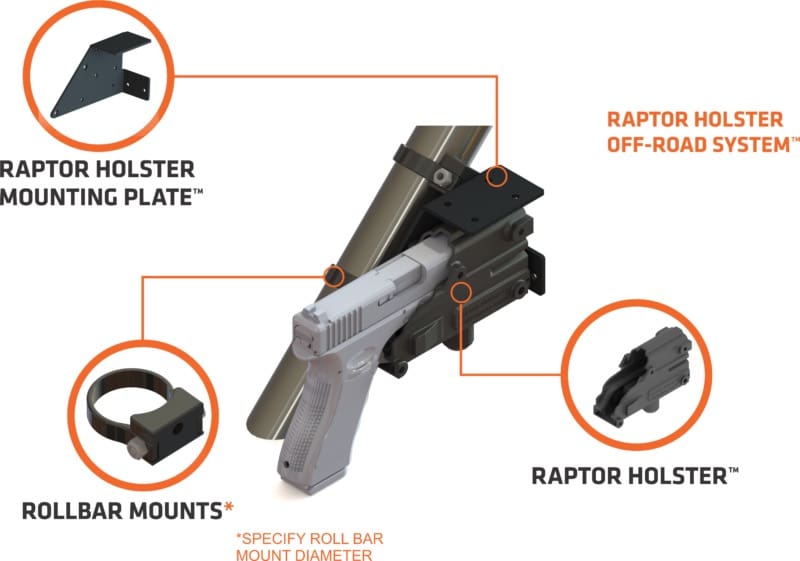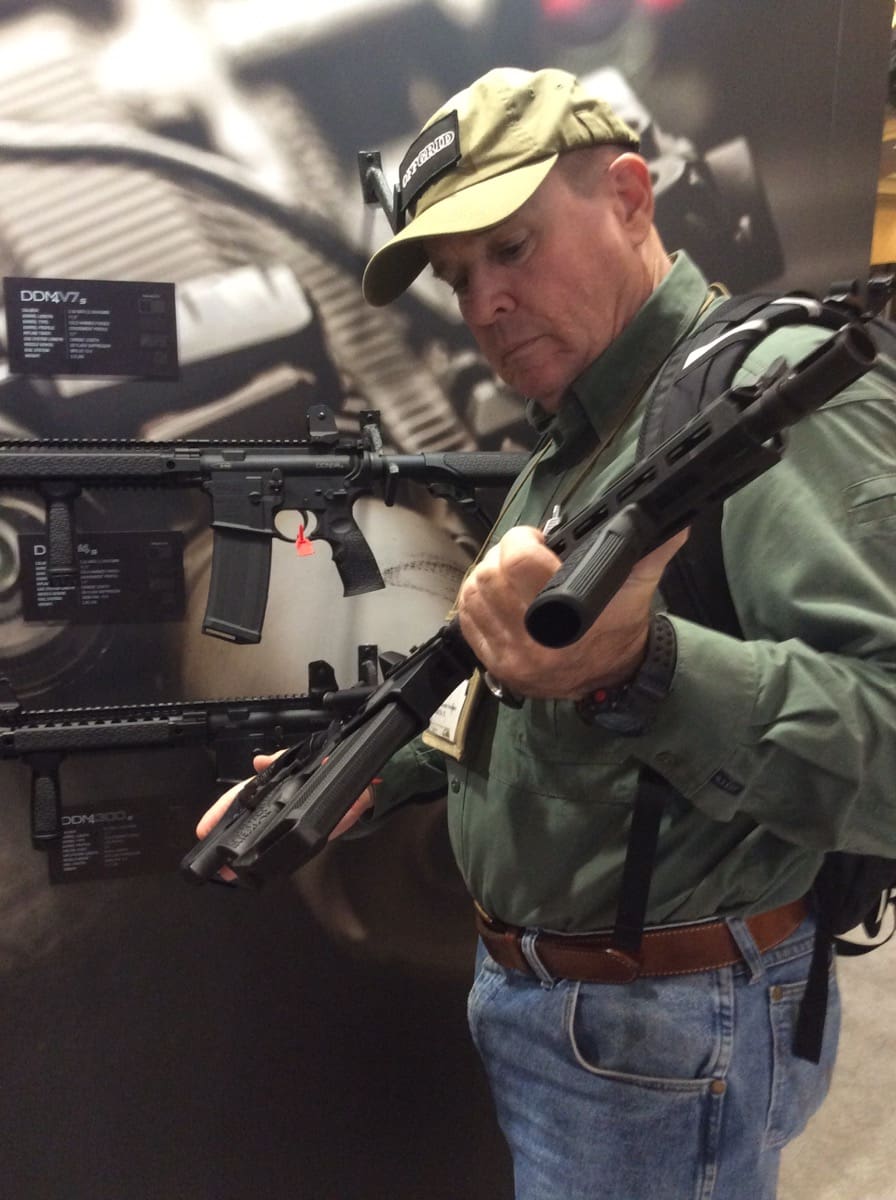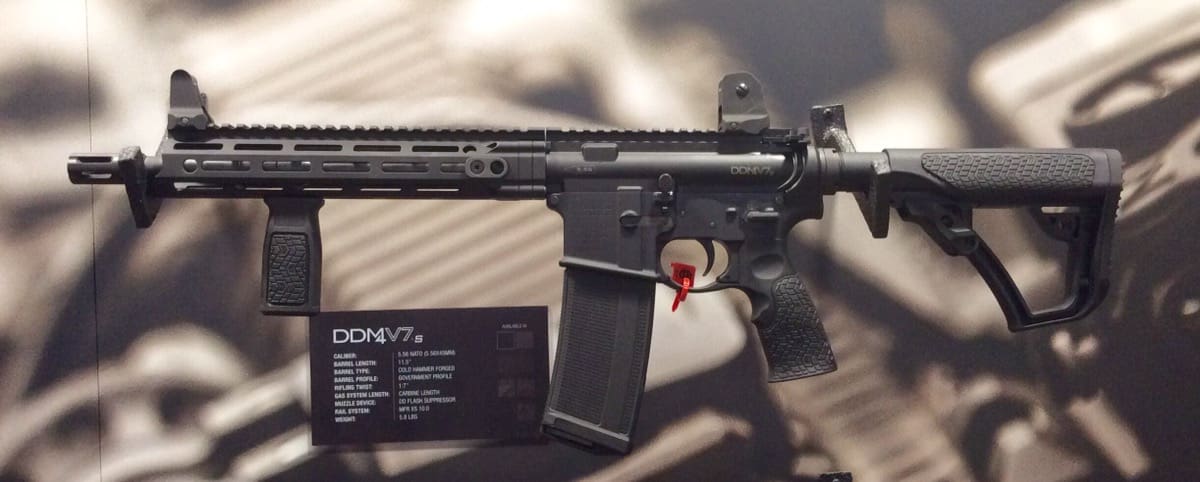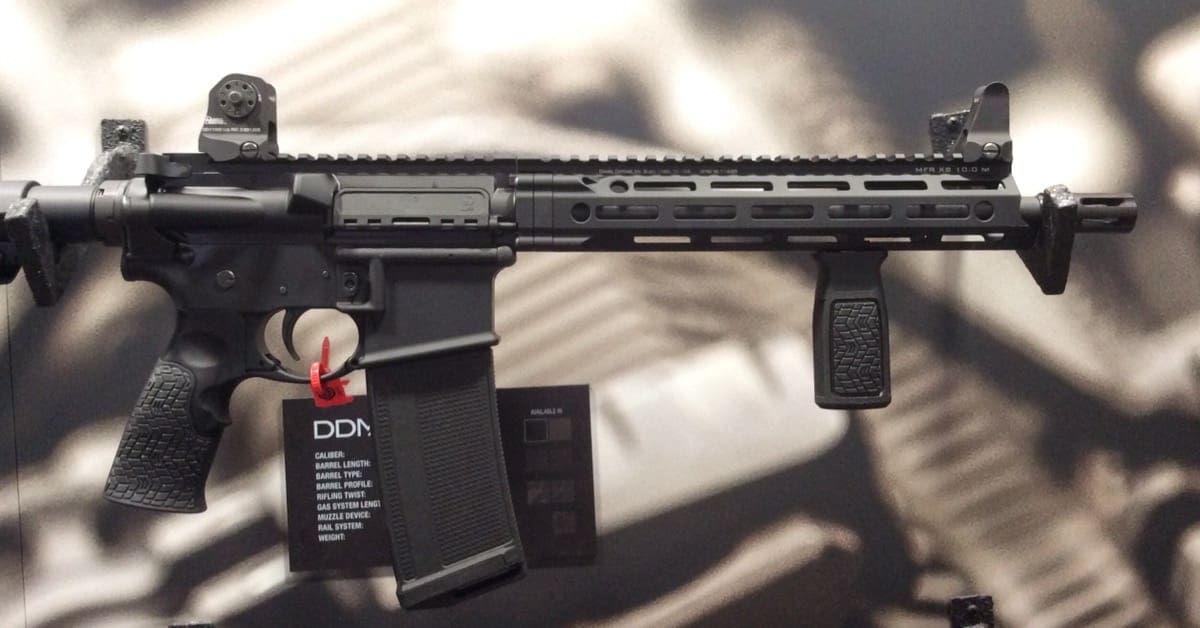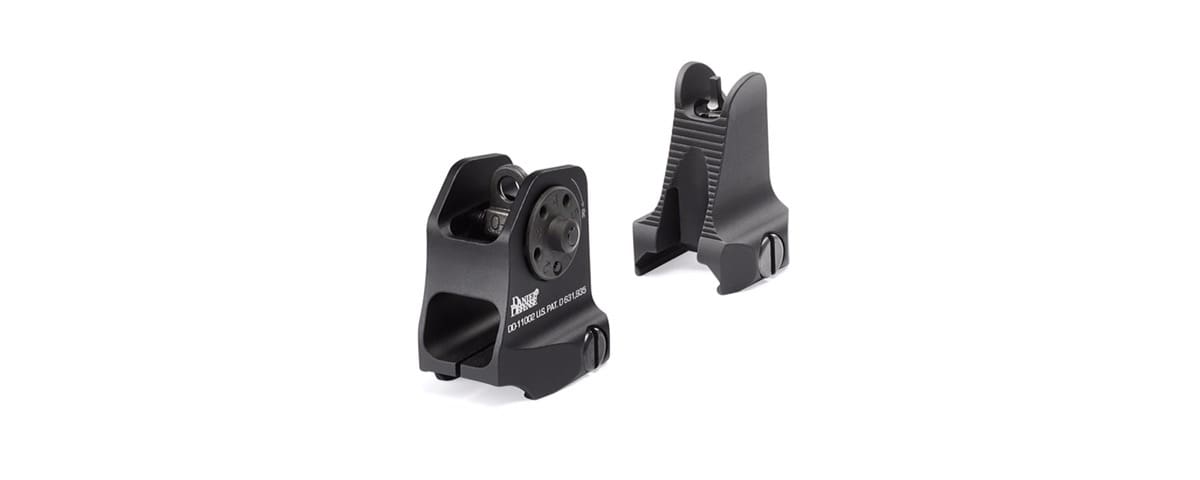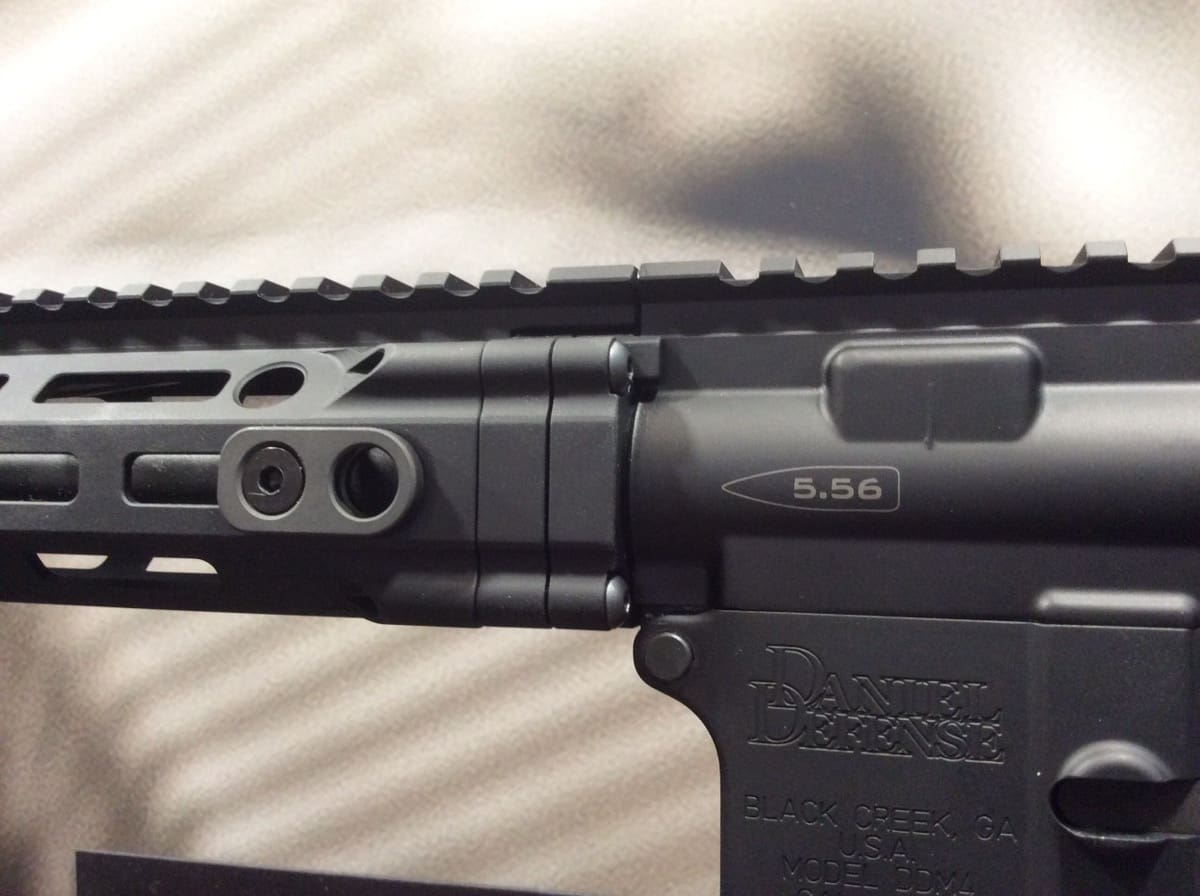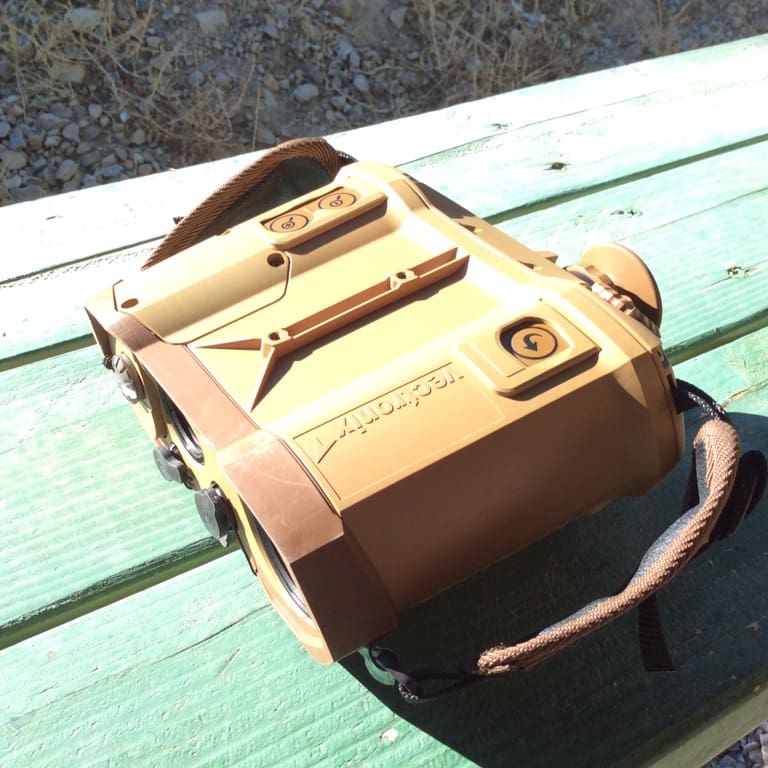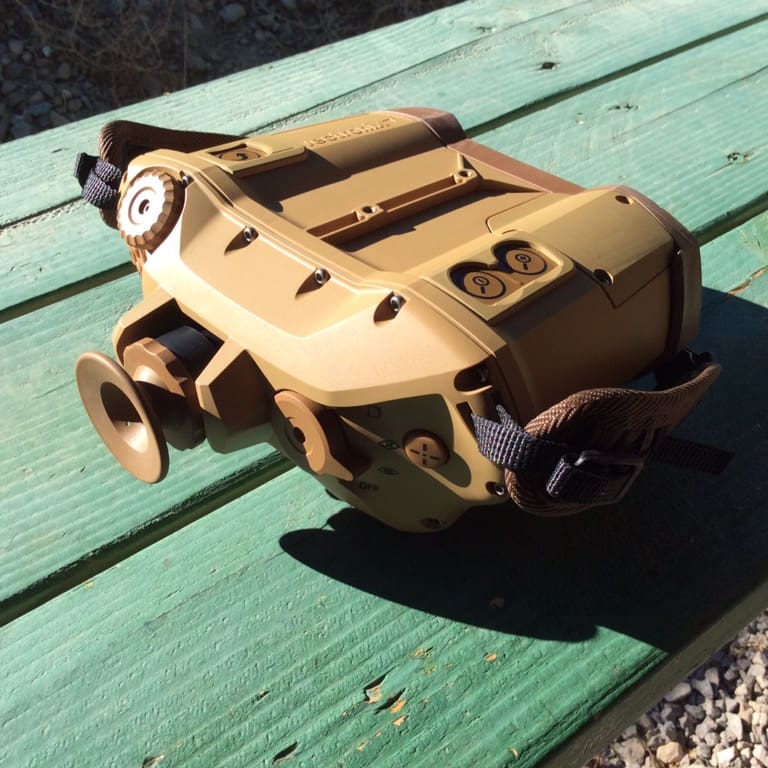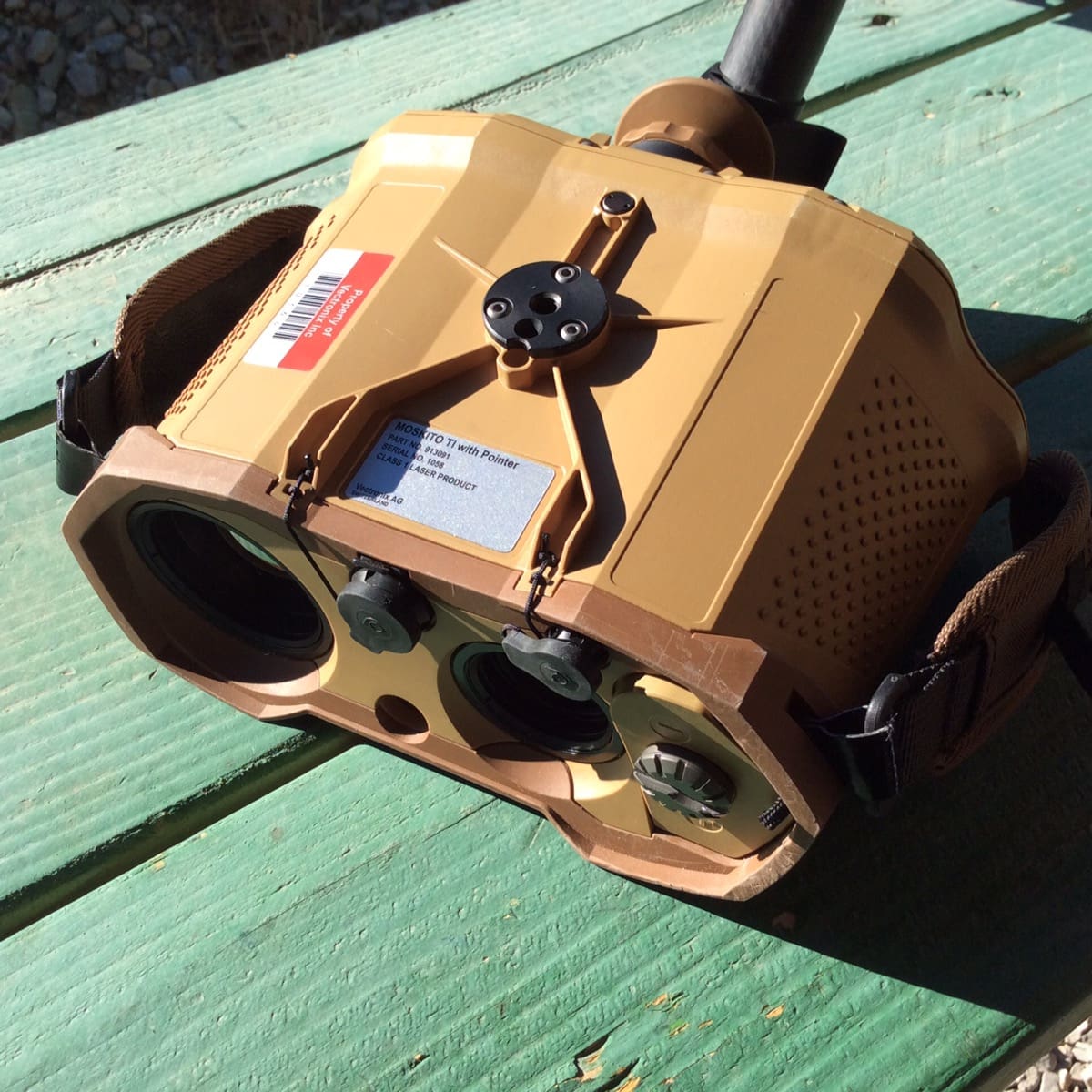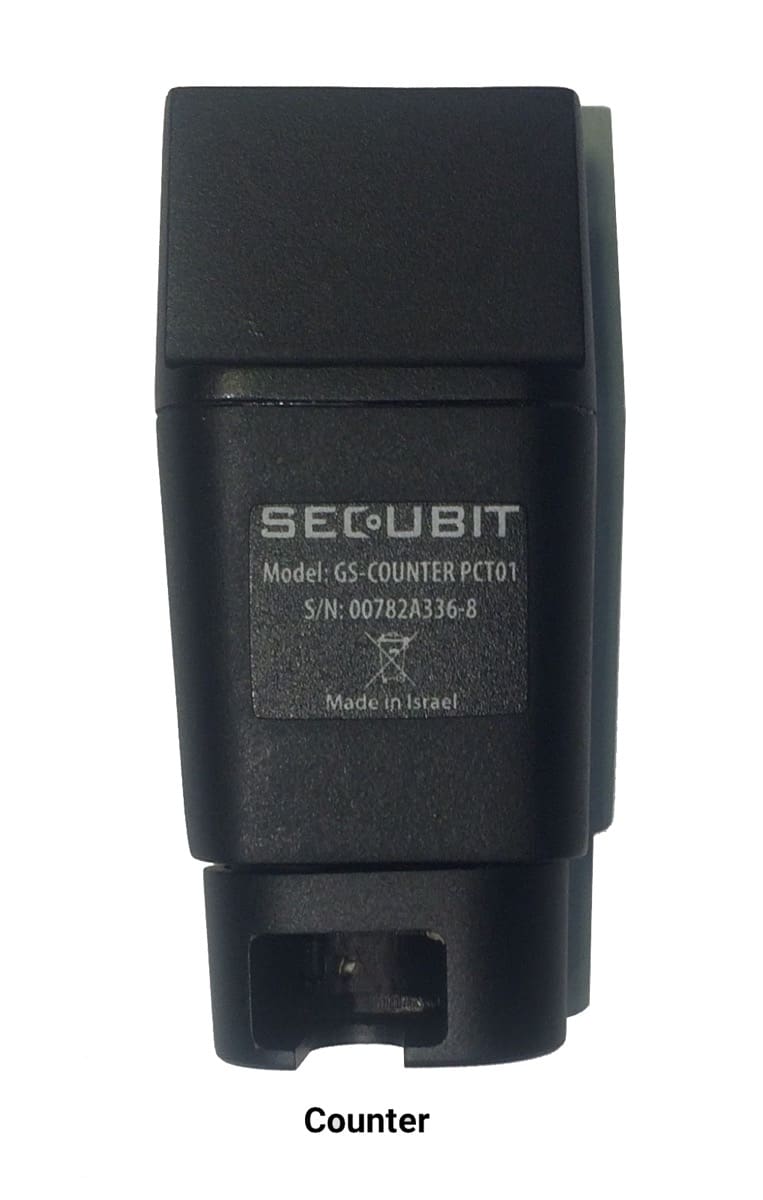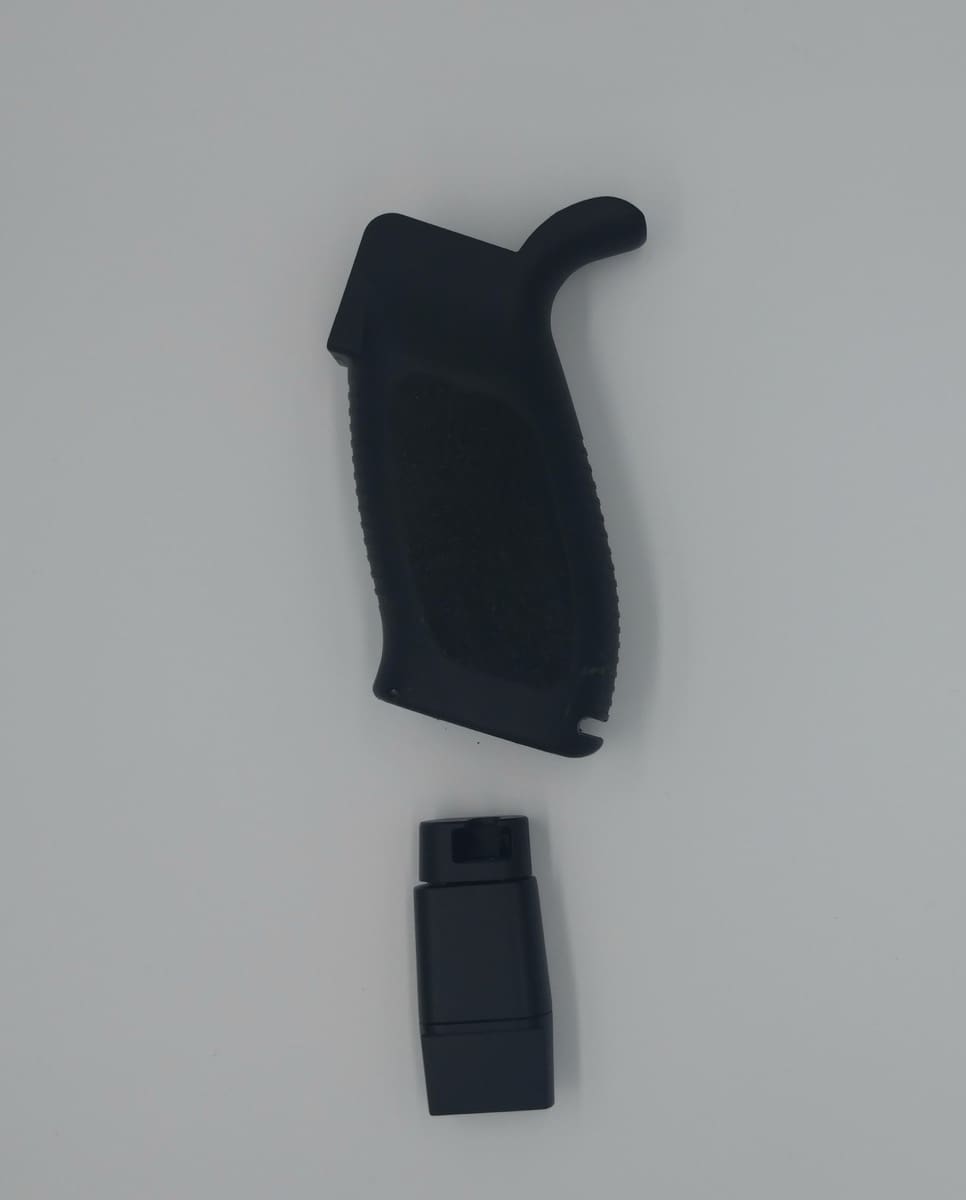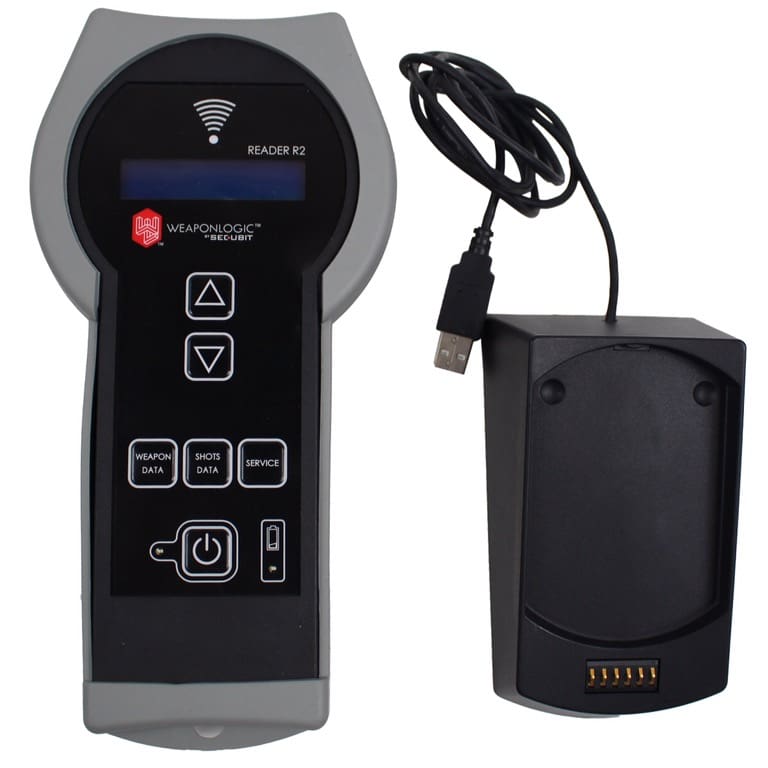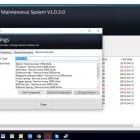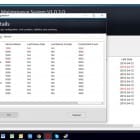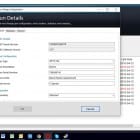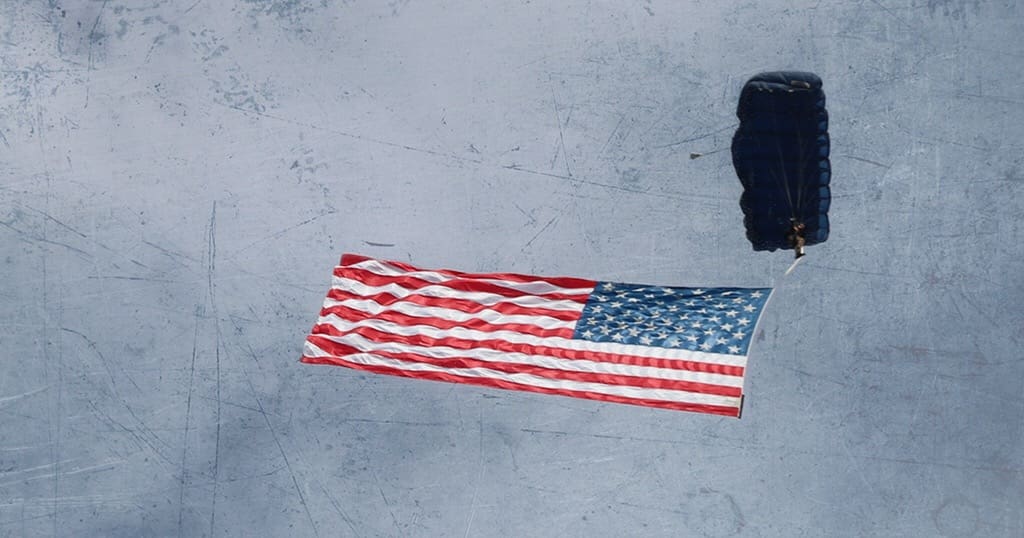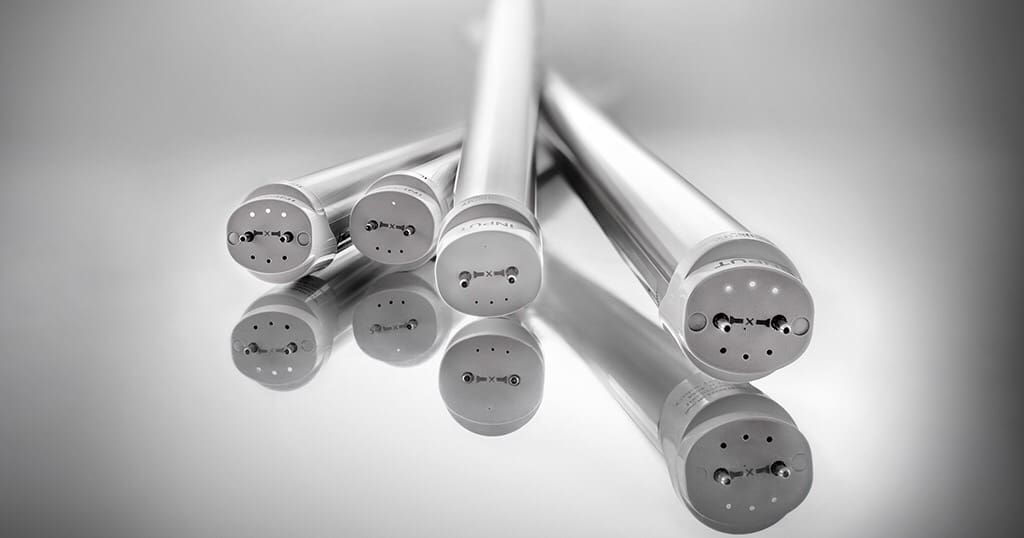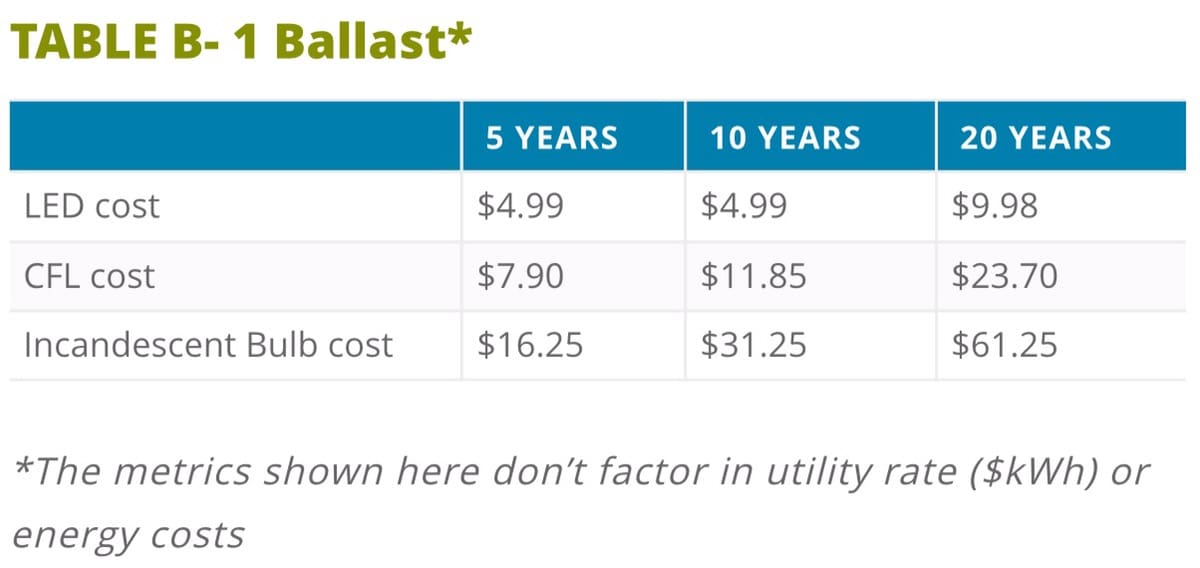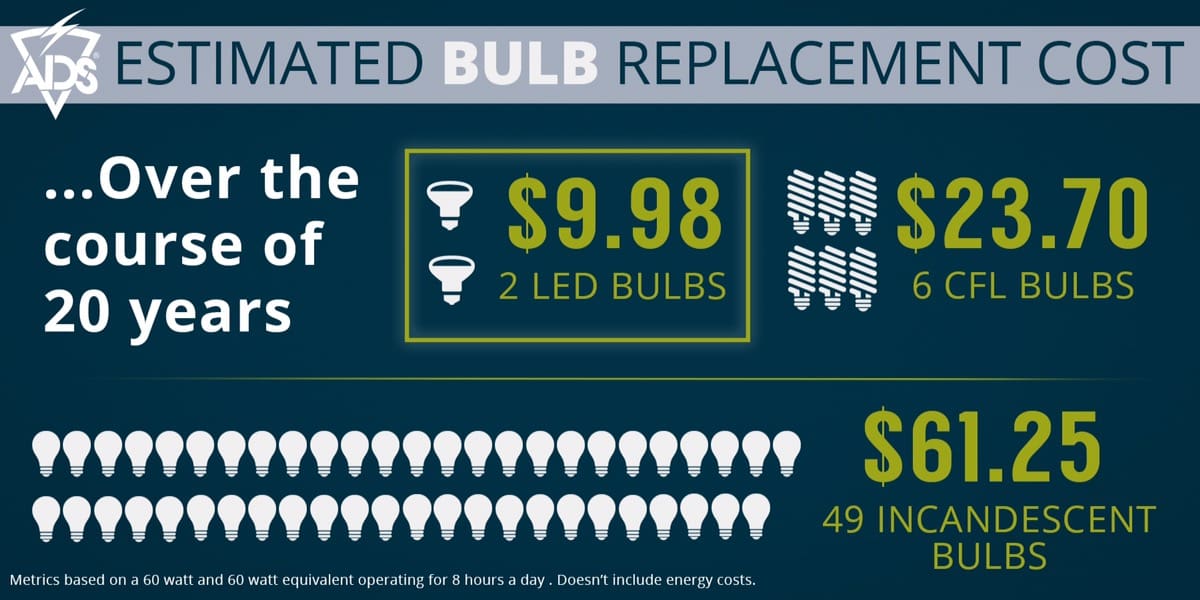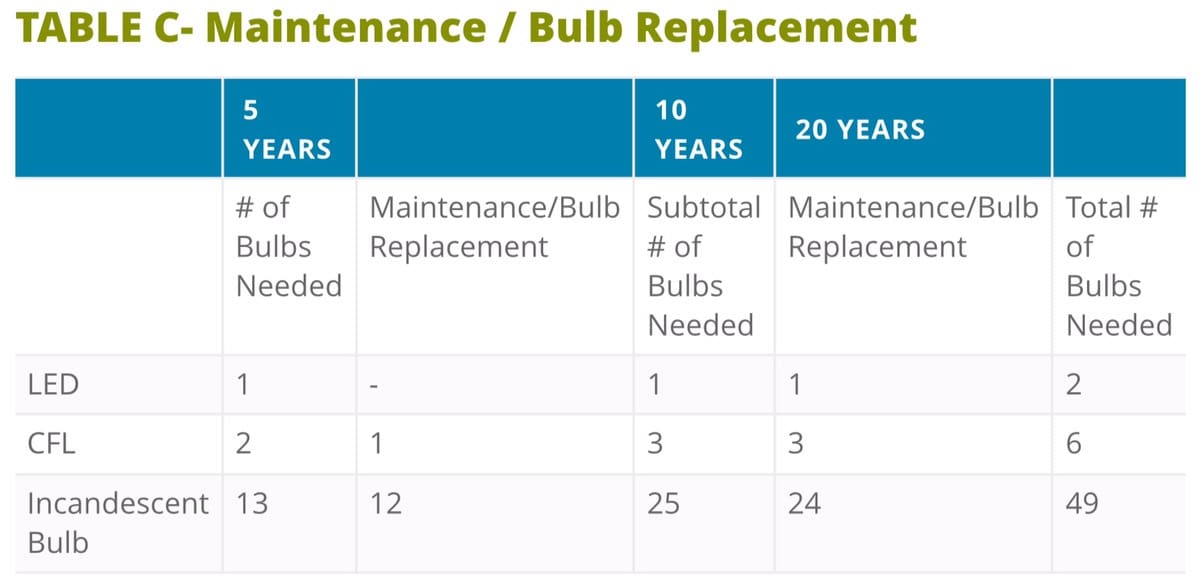Unfortunately, there are still a lot of people who are reluctant to use the Defense Logistics Agency’s Tailored Logistics Support program to satisfy their requirements. Oftentimes, it is misunderstanding more than anything. When a unit purchases from TLS they are buying from DLA just like with requisitioning an NSN item, but the requirement is being fulfilled via a standing contract with one of six commercial vendors. While the needs are fulfilled by commercial vendors, it is a fully vetted government program put into place by DLA in order to reduce the strain on the standard stock system. DLA’s TLS supplements items with existing National Stock Numbers and allows authorized users to purchase low demand items along with the latest versions of gear.
I recommend that agencies and units consider the use of TLS, particularly when they have a laundry list of items to buy or know exactly the item they require. TLS offers the purchaser simplicity as well as control over what they buy. Additionally, with End of Fiscal Year right around the corner, TLS is a great way to obligate funds to satisfy requirements rather than spending them on a six month supply of toilet tissue. But, if you’re going to use TLS for EOY, you can’t wait. There have been some program changes this year which you need to know about. ADS Inc posted this article to their blog, summarizing these updates to TLS, which we asked to share. While we really appreciate ADS sharing this, we’d like to point out that the information pertains to the DLA TLS program as a whole, no matter which TLS vendor might fulfill your requirment.
ADS Inc. is a proud multiple award recipient of the Defense Logistics Agency’s (DLA) Special Operations Equipment (SOE) and the Fire & Emergency Services Equipment (FESE) contracts as part of the Tailored Logistics Support Program (TLSP). As an incumbent Prime Vendor, ADS has proven itself successful in fulfilling customer equipment and incidental service needs and requirements since its first prime vendor contract awarded back in 2001 and its first TLS award acceptance in 2005.
ADS’s experienced contracting team, expansive customer-focused sales task force and its positive relationships with over 3,000 partner suppliers contributes to its ability to exceed the TLS program’s primary goals of reducing costs, ensuring product of choice, improving logistics response time and increased customer support. In this blog, we are going to highlight 6 important things you need to know about leveraging DLA’s TLS contracts in 2016. Be informed with ADS!
1. The deadline for submitting End of Year (EOY) orders through DLA’s TLSP Contracts have been moved up two weeks!
It’s all too common for government entities to reach a “use it or lose it” period towards the end of the fiscal year. This is a pertinent time for buyers to determine any outstanding requirements and submit them to their contracting office for approval.
Did you know the TLSP contract submission deadlines are set almost two weeks earlier than they were last year?
This means NOW is the time to start gathering any last minute purchasing requirements. See Diagram A – TLSP Procurement Vehicles for additional information regarding order processing as it pertains to the FESE and SOE programs.
Note: All TLS orders must be submitted to DLA by September 9, 2016 at 11:59 p.m. Any orders with Fiscal Year (FY) 16 funds submitted past that timeframe will be returned to the submitter. Any orders received after that timeframe will be processed as FY17 funds.
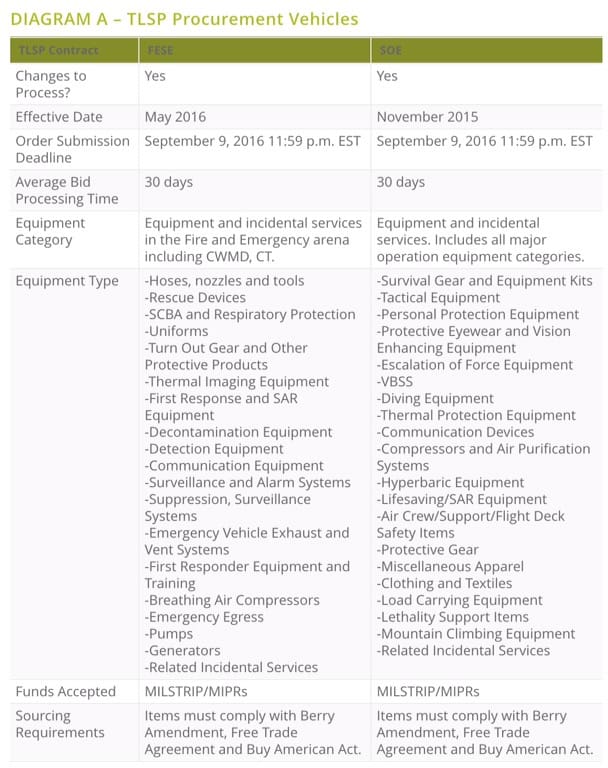
2. The process for ordering through FESE and SOE TLS has changed as recent as May 31st, 2016.
As defense budgets shrink and a larger emphasis is put on improving the ordering process, the FESE and SOE TLSP contracts have adapted to continue to provide users with a simple, efficient procurement vehicle. The changes adopted this year give customers greater visibility on orders, more accurate pricing information and valid obligation/transfer of funding directly with DoD Finance personnel.
Changes to the SOE TLS Program (Effective November 2015) & FESE TLS Program (Effective May 31, 2016) Due to a mandate to conform to Audit Readiness requirements, several changes have been made to the SOE & FESE ordering process that the customer may or may not be informed of.
Most recent changes under the DLA Troop Support – Construction and Equipment Program:
For more information on how these changes affect the ordering process flow please download the flowchart provided by DLA.
1. Customer must now register a designated Finance Office Point of Contact (FOPOC) with their account and submit their information. Here are instructions on how to complete the designation form provided by DLA.
2. Once the customer’s FOPOC is registered, orders can be submitted for equipment, supplies and/or services under the current Order Request Spreadsheet. Once DLA approves the items for scope the request will be solicited amongst the qualified TLSP vendors.
3. DLA will email the Price Acknowledgement Spreadsheet to BOTH the Ordering Activity as well as the FOPOC.
4. Once the order is approved by the FOPOC and the Ordering Activity, the customer submits required funding information via the FOPOC Review Spreadsheet to DLA.
5. Upon award, DLA will send a second notification to the FOPOC and the Ordering Activity letting them know the order is awaiting obligation in the system.
6. Once the KO obligates the order, a third email will be sent to the FOPOC and the Ordering Activity with final order line item details.
7. A final email will be sent from DLA to the customer and will include a request to post receipt of the order in DoD EMALL.
3. It’s easier than ever to register with DLA.
To have access to a wide variety of Commercial Off-The-Shelf (COTS) equipment, incidental services and training through the SOE &FESE TLS Programs, qualifying customers must be authorized DOD, Federal or other DLA approved, federally-funded agencies. For more information on how to register, if you haven’t already, contact the following contracting offices:
DUNS: 027079776
FESE
Registration: Email | FESECustomerRegistration@dla.mil
Ordering: Email | FESOrders@dla.mil
Questions: Email | FESECustomerInfo@dla.mil
SOE
Registration: Email | SOECustomerRegistration@dla.mil
Ordering: Email | SOEOrders@dla.mil
Questions: Email | SOECustomerInfo@dla.mil
4. Every request is approved on a case-by-case basis. Increase your chances of a quick, smooth approval process with these tips:
There are several reasons why DLA would not award or approve product requests. It’s important to keep in mind that DLA may not always know of the product (if it’s new technology for example) and may not always know the relevant application and how it pertains to your mission and the contract scope.
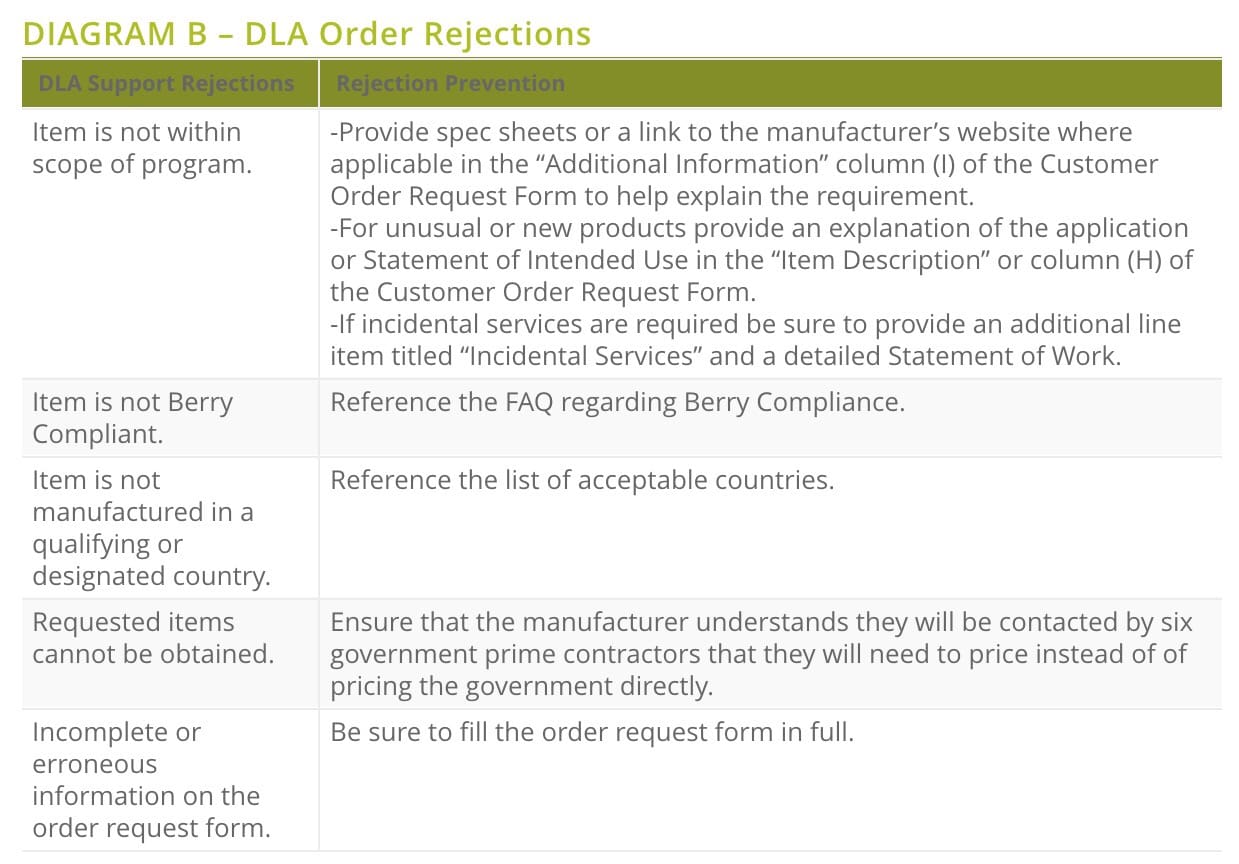
5. You can buy incidental services through TLS if they’re ancillary and purchased with a product.
According to Bloomberg Government, the government’s top four spending categories are services-related.
When it comes to the purchase of incidental services through the FESE and SOE TLS Program contracts, they are typically requested as an additional line item on the Customer Order Request Form and are ancillary to a product being requested. Incidental service requests should also ensure proper functional capability and safety of the accompanying product(s). Consistent with product requests, DLA will approve incidental service requests on a case-by-case basis.
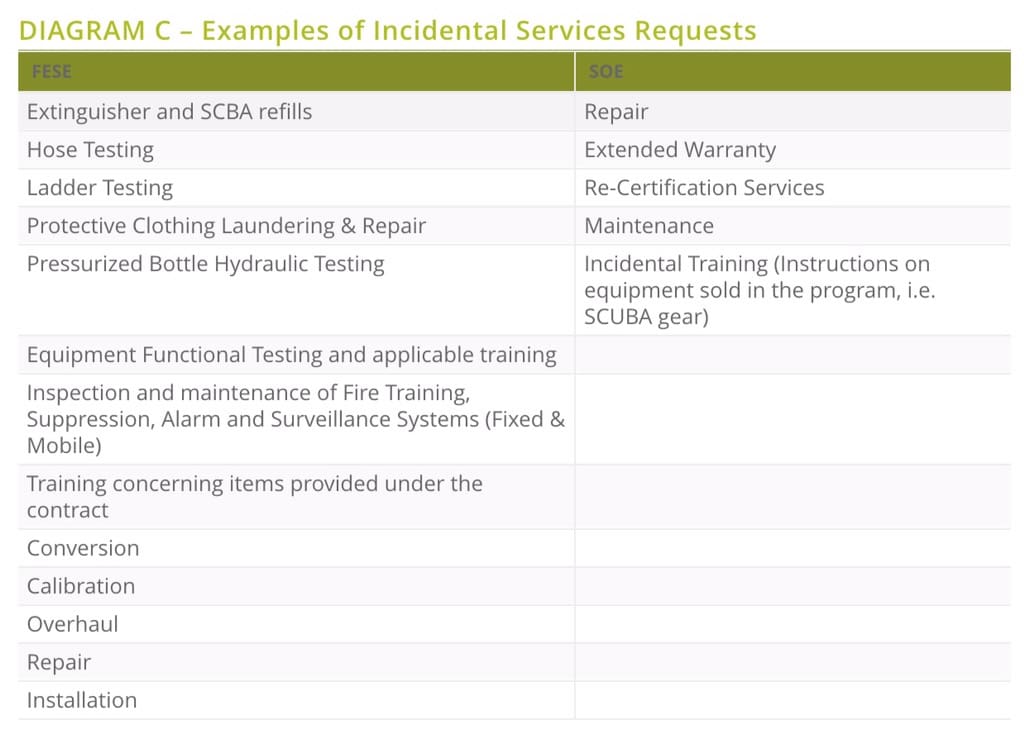
See Diagram C – EXAMPLES OF INCIDENTAL SERVICE REQUESTS for examples of these requests for both FESE and SOE programs. For additional instruction, visit the DLA SOE TLS Customer Guidelines and DLA FESE TLS Customer Guidelines or contact your respective TSLP Contract Manager.
6. ADS can…
Help you tackle road blocks early on.
Help you select equipment that fits your needs and requirements.
Provide procurement options through both of our FES and SOE TLS contracts.
Keep you updated on shipping information when your order is complete.
HOW TO ORDER:
1. Send RFQ to ADS
Request a quote from your ADS Account Manager. They will help you identify the best procurement options for your requirements – GSA, TLS, Open Market, etc.
2. ADS Provides Quote
Our knowledgeable ADS Account Managers can help you select equipment to satisfy your requirements, determine procurement options, as well as verify part numbers, lead times, pricing (including freight), and country of origin.
3. Register for the Program
If you determine that the TLS Program is best for your requirement, register for the corresponding TLS Program with DLA Troop Support.
Instructions for Customer/FOPOC Registration:
FESE | SOE
4. Submit Your Order
Email your completed order request to DLA Troop Support. They will act as your contracting office.
Contact Info: SOE TLS Orders: SOEorders@dla.mil
Contact Info: FESE TLS Orders: FESorders@dla.mil
5. You’re All Set!
DLA Troop Support will compete the requirement amongst the participating TLS vendors and provide best pricing for all items requested.
Once approved, DLA Troop Support will contact you and your FOPOC for funding information.
Once that is processed, an award will be made!
To learn more, visit adsinc.com/6-important-things-need-know-dlas-tls-contracts-2016.


